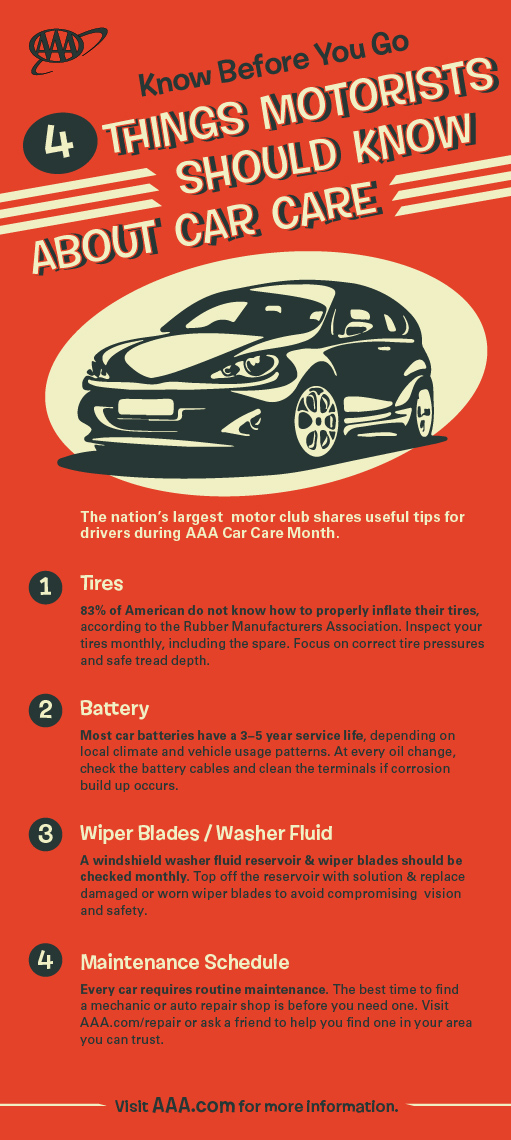Familiarize On Your Own With The Dashboard Warning Lights In Your Auto To Prioritize The Well-Being And Security Of Your Vehicle
Familiarize On Your Own With The Dashboard Warning Lights In Your Auto To Prioritize The Well-Being And Security Of Your Vehicle
Blog Article
Post By-Cheng Boyer
When you're behind the wheel, those beautiful caution lights on your control panel can be a little bit difficult. Do you know what they're trying to tell you about your car's wellness? Understanding the importance of these lights is essential for your security and the longevity of your lorry. So, the following time among those lights pops up, would not you intend to decipher its message properly and take the needed steps to address it?
Common Warning Lighting and Interpretations
Recognize typical caution lights in your auto and comprehend their meanings to make sure risk-free driving.
One of the most regular warning lights include the check engine light, which signifies concerns with the engine or discharges system. If this light begins, it's important to have your car inspected without delay.
The oil stress warning light suggests low oil stress, calling for instant focus to prevent engine damage.
A blinking battery light might recommend a damaged billing system, potentially leaving you stranded otherwise attended to.
car brake repair (TPMS) light notifies you to low tire stress, affecting automobile stability and fuel efficiency. Neglecting this could bring about hazardous driving conditions.
The abdominal light indicates an issue with the anti-lock braking system, jeopardizing your capability to stop promptly in emergencies.
Last but not least, the coolant temperature level alerting light warns of engine overheating, which can lead to severe damage otherwise settled swiftly.
Understanding these typical caution lights will certainly help you attend to concerns quickly and keep risk-free driving conditions.
Significance of Prompt Attention
Understanding the usual caution lights in your vehicle is just the initial step; the significance of immediately addressing these warnings can not be emphasized enough to ensure your safety when driving.
When a caution light illuminates on your control panel, it's your cars and truck's means of interacting a potential concern that requires focus. Neglecting these warnings can result in a lot more serious troubles later on, jeopardizing your safety and security and potentially costing you much more out of commission.
Prompt focus to advising lights can avoid break downs and accidents. For example, a blinking check engine light can indicate a misfire that, if left ignored, can create damage to the catalytic converter. Addressing this promptly can conserve you from an expensive repair work.
Likewise, a brake system warning light could indicate low brake fluid or used brake pads, vital elements for your safety when driving.
DIY Troubleshooting Tips
If you discover a warning light on your control panel, there are a few do it yourself repairing suggestions you can attempt prior to seeking expert help.
The first step is to consult your auto's handbook to comprehend what the specific caution light indicates. Sometimes the issue can be as simple as a loosened gas cap activating the check engine light. Tightening up the gas cap may deal with the issue.
One more common problem is a low battery, which can trigger numerous cautioning lights. Checking the battery links for corrosion and guaranteeing they're safe and secure might take care of the problem.
If a caution light lingers, you can attempt resetting it by detaching the car's battery for a few minutes and then reconnecting it. Furthermore, checking your car's fluid degrees, such as oil, coolant, and brake fluid, can assist troubleshoot alerting lights associated with these systems.
Conclusion
In conclusion, recognizing your car's warning lights is vital for maintaining your automobile running efficiently and safely. By quickly resolving these alerts and recognizing what they mean, you can avoid costly repair services and potential breakdowns.
Bear in mind to consult your cars and truck's guidebook for particular details on each warning light and act appropriately to ensure a hassle-free driving experience.
Remain informed, remain safe when traveling!
